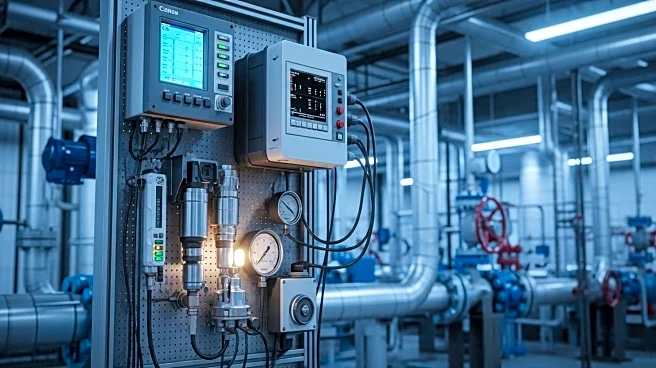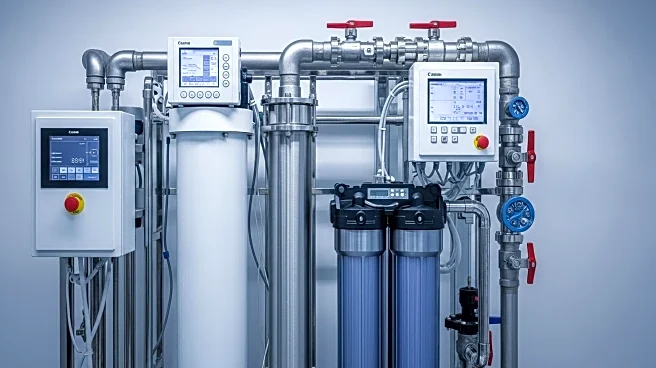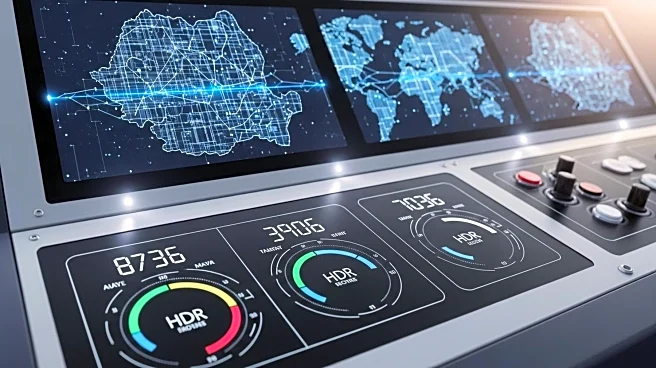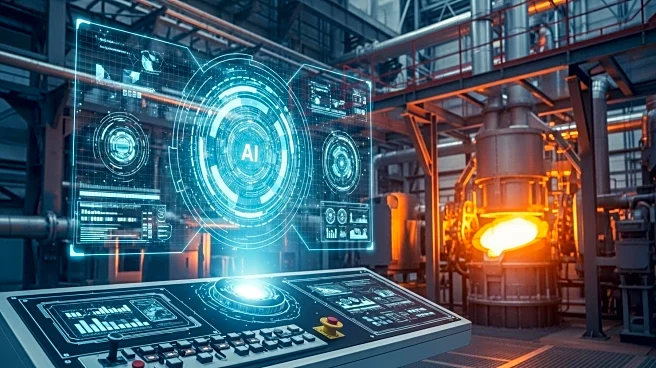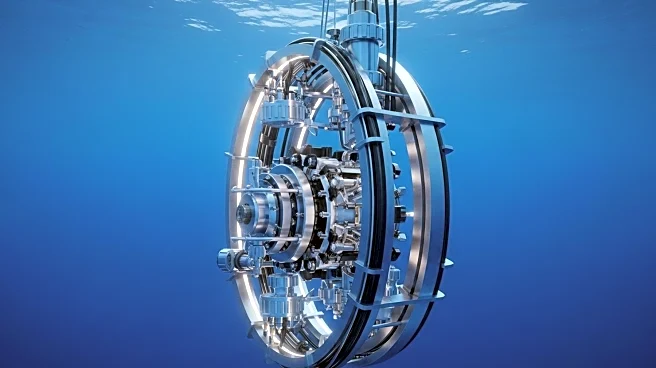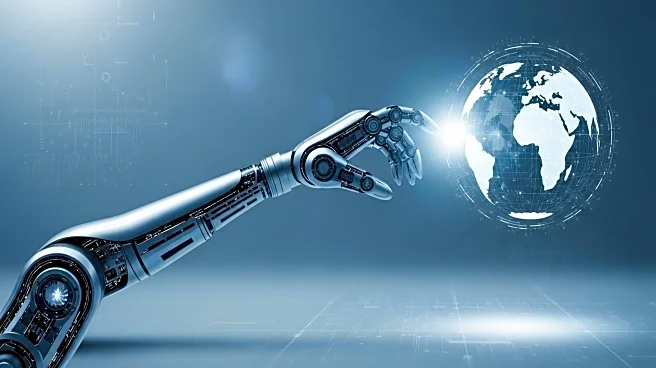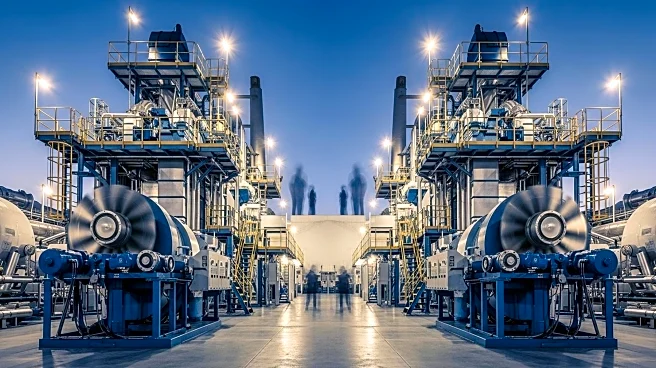What's Happening?
The oil and gas industry is witnessing a shift from traditional frac operations to autonomous systems, as highlighted by TechnipFMC's iComplete® high-performance surface pressure containment ecosystem. This system offers a smarter metric for frac completion efficiency by focusing on managing wells and maximizing throughput rather than just controlling the frac. The iComplete ecosystem autonomously handles pressure and transitions, reducing human intervention and improving safety. It integrates advanced technologies like the CyberFrac digital backbone and PadFlex™ high-pressure flexible pipe technology, which enhance operational efficiency and reduce costs.
Why It's Important?
The transition to autonomous frac systems represents a significant advancement in the oil and gas sector, promising increased efficiency, safety, and sustainability. By minimizing human intervention, these systems reduce the risk of errors and enhance operational security. The ability to autonomously manage complex tasks across multiple wells or pads can lead to substantial cost savings and improved environmental outcomes. This shift is crucial as the industry seeks to optimize resources and reduce its carbon footprint, aligning with broader sustainability goals.
What's Next?
As the industry continues to adopt autonomous frac systems, companies will likely invest in further technological advancements to enhance these systems' capabilities. The focus will be on integrating more sophisticated AI and machine learning algorithms to improve decision-making and operational efficiency. Additionally, there may be increased collaboration between technology providers and oil companies to tailor these systems to specific operational needs. The success of these systems could also influence regulatory frameworks, encouraging more widespread adoption of autonomous technologies in the energy sector.
Beyond the Headlines
The move towards autonomous frac systems highlights a broader trend of digital transformation in the energy industry. This shift not only improves operational efficiency but also addresses workforce challenges by reducing the need for manual labor in high-risk environments. As these technologies become more prevalent, there will be a growing need for skilled professionals who can manage and optimize autonomous systems, potentially reshaping the industry's workforce dynamics.

